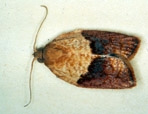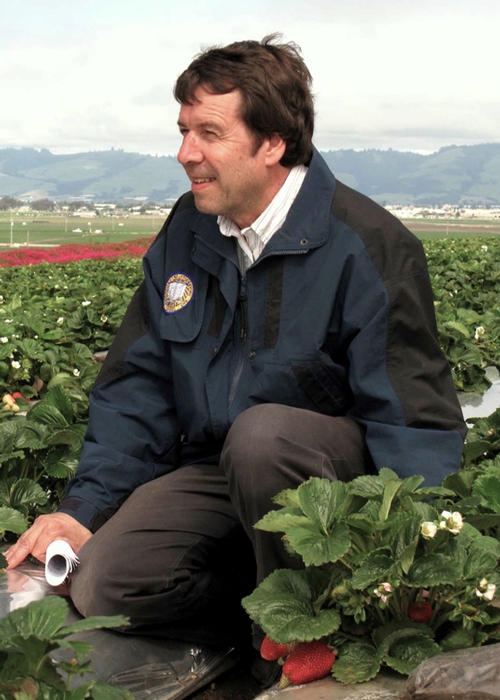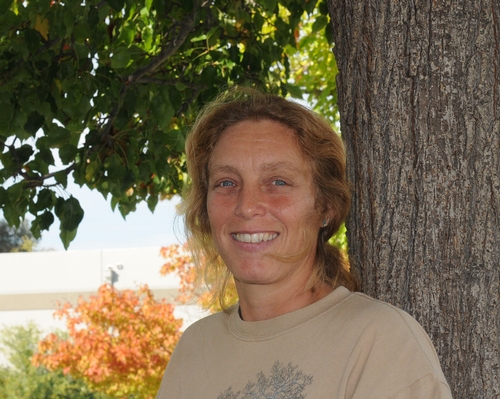
Entomologist/integrated pest management specialist Frank Zalom, professor of entomology at the University of California, Davis, will discuss the identification and biology of the light brown apple
moth (LBAM) at the next meeting of the Northern

See the LBAM photos provided by David Williams, principal scientist, Perennial Horticulture, Department of Primary Industries, Victoria, Australia. The male is at the upper right and the female, lower right.
Zalom will highlight two studies that he and his lab conducted on commercial caneberry and strawberry fields in 2009 and 2010 to “evaluate the efficacy of ground-applied mating disruption products for LBAM management.”
The meeting begins at 9:15 a.m. with registration and coffee in the California Department of Food and Agriculture’s Plant Diagnostic Lab, 3288 Meadowview Road, Sacramento.
Zalom, who will speak at 9:45 a.m., is the first in a line-up of five speakers.
Zalom, who directed the UC Statewide IPM Program for 16 years, is a newly elected fellow of the American Association for the Advancement of Science for “distinguished scholarly, educational and administrative contributions that have significantly advanced the science and application of integrated pest management in agriculture nationally and internationally.” He is also a fellow of the Entomological Society of America and the California Academy of Sciences.
Zalom focuses his research on California specialty crops, including tree crops (almonds, olives, prunes, peaches), small fruits (grapes, strawberries, caneberries), and fruiting vegetables (tomatoes), as well as international IPM programs.
The NorCal Society agenda also includes:
10:30 a.m. “Odonata (Dragonflies and Damselflies) of Argentina,” Natalia von Ellenrieder, associate insect biosystematist, Plant Pest Diagnostics, CDFA
11:15 a.m.: “Using New Biologically Produced Pesticides in Crop Pest Management,” Christopher Strutz, Crop Production Services, Sacramento
12 Noon: Lunch
1:15 p.m.: “Recent Developments in Controlling Olive Psylla, Euphyllura olivina (Costa),” Charles Pickett, Environmental Research Scientist, Biological Control, CDFA.
2 p.m.: “Impacts of Scale Insects on Humanity,” Gillian Watson, Senior Insect Biosystematist, Plant Pest Diagnostics, CDFA.
The Northern California Entomology Society is comprised of university faculty, researchers, pest abatement professionals, students and other interested persons. Newly elected president of the society is Leann Horning, an ag technician with the CDFA Biocontrol Program since 1990.
Luncheon reservations ($15 for a chicken meal from Poco Lollo) should be made by Feb. 1 with secretary-treasurer Eric Mussen, Extension apiculturist with the UC Davis Department of Entomology faculty. Mussen may be reached at ecmussen@ucdavis or (530) 752-0472.
The entomology group meets the first Thursday in February at the CDFA complex, Sacramento; the first Thursday in May at the Harry H. Laidlaw Jr. Honey Bee Research Facility; UC Davis; and the first Thursday in November at the Contra Costa Mosquito and Vector Control District office, Concord. Membership dues are $10 per year.
Attached Images:

Frank Zalom

President